COVID-19 is now spreading all over the world, and healthcare systems in all countries face enormous challenges.
Every government makes every effort to purchase medical supplies from all over the world, such as masks, protective cloths, infrared measurement Thermometer, and so on.
But as the world ’s demand for medical supplies grows, the Chinese market becomes chaotic. In the past month, many factories in China have opened new production lines and started producing medicinal products.
Based on this situation, how do we buy the right things from China?
We can usually find three types of medical masks, all of which can stop most droplets, but the effect is different.
They are N95 masks, medical-surgical masks and general medical masks. Also called the anti-particulate masks.
1. N95 Face Masks
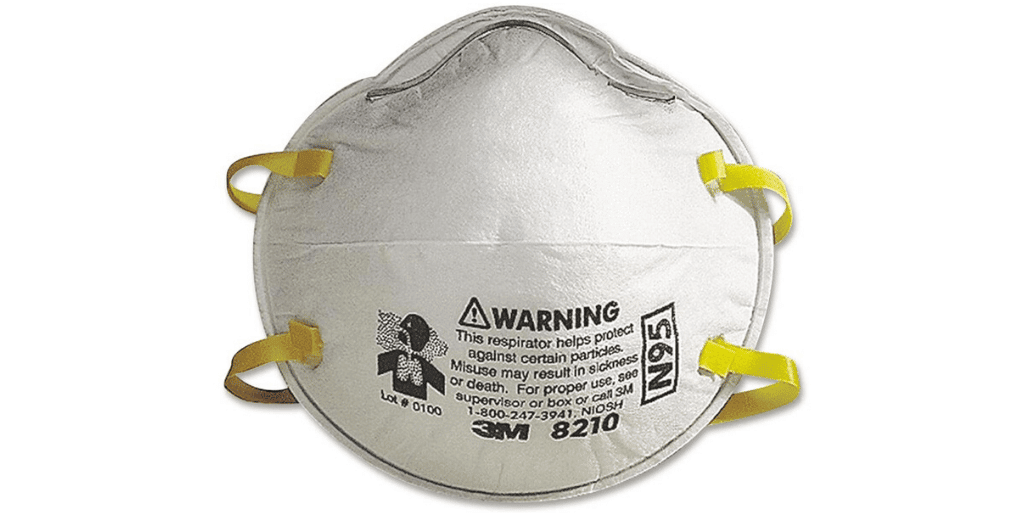
The N95 mask is meeting NIOSH(National Institute of Occupational Safety and Health) standard in the USA, which can filter 95% of non-oily particles with more significant than the diameter of 0.3 micrometres in the air.
But in China, we call it KN95 mask, which has the same function with N95.
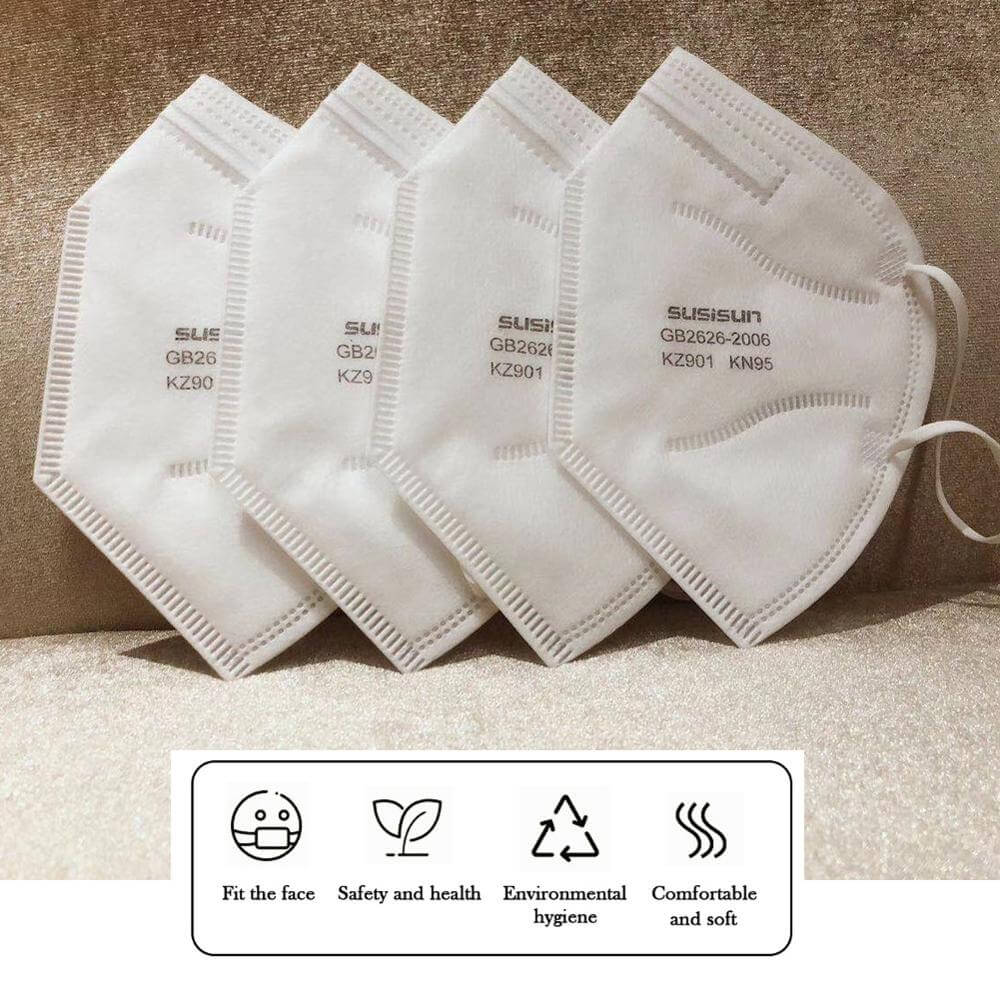
2. The Medical-surgical Mask
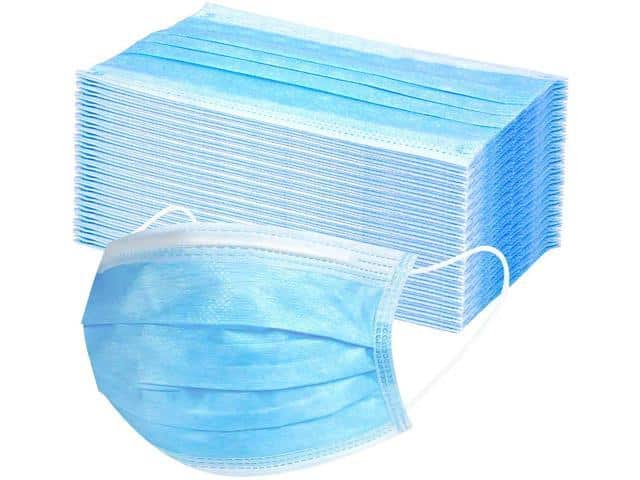
A medical-surgical mask is used to prevent dandruff and respiratory tract microorganisms from spreading to open surgical wounds from medical staff and prevent the body fluids of surgical patients from transmitted to a medical team that plays a two-way biological protection role.
Standard medical surgical masks are divided into three layers. The outer layer has a waterproof function to prevent droplets from entering the mask.
The middle layer has a filtering function to prevent more than 90% of particles in 5 micrometres diameter.
The inner layer near the nose is used to absorb moisture. For the particles with 0.3 micrometres diameter, the medical-surgical masks have around 80% effect.
3. The Normal-medical mask
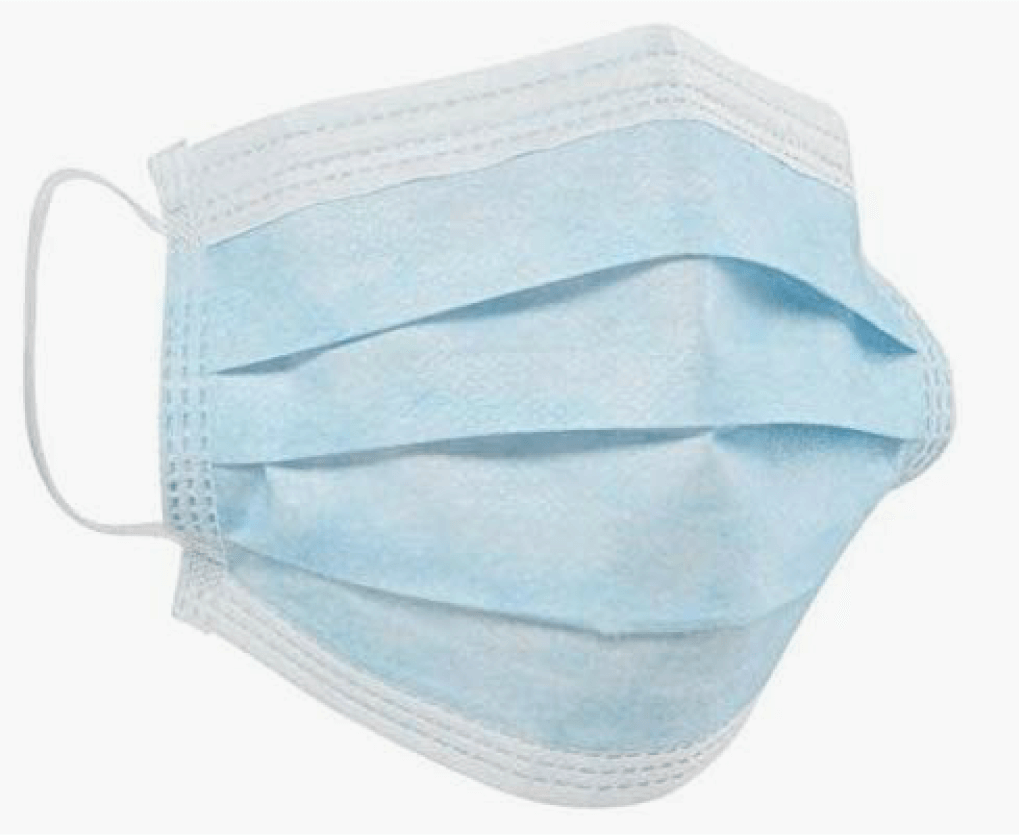
Standard medical masks are used for conventional medical staff and people who have the same filter effect for particles. But compare with surgical masks, standard medical masks are not good at protecting against blood, body fluids and splashes.
We can get the conclusion that for the protection effectiveness, N95/KN95 is better than a surgical mask, and the surgical mask is better than a standard medical mask.
Let’s explain the situation in China market now.
- Most of the masks which were made in China now is a standard medical mask. One reason is the standard medical mask is good enough for people in ordinary using, and it is cheaper than the other two options, that make the standard medical mask having enormous demand; the other reason is many small factories can not produce the surgical mask and the N95/KN95 mask.
- At the beginning of the epidemic in China, there was the urgent and massive demand from the hospitals, the surgical and N95/KN95 would be offered to the hospitals which are treating the coronavirus urgently. As ordinary people in China are not easy to buy those kinds of masks from the medical store. But with the epidemic being controlled in China, trading companies or agents can order to some big factories directly.
- N95 masks depend on American Standard, and not many factories can make it. But because of the huge demand and high price, some small factories are trying to buy the test certification illegally so that they can sell the fake mask.
- The KN95 mask depends on the Chinese standard, which has the same function with N95. Many factories have permission to make this kind of masks. People are easy to buy the right thing.
Below are some FAQs from the 3M company which you might concern:
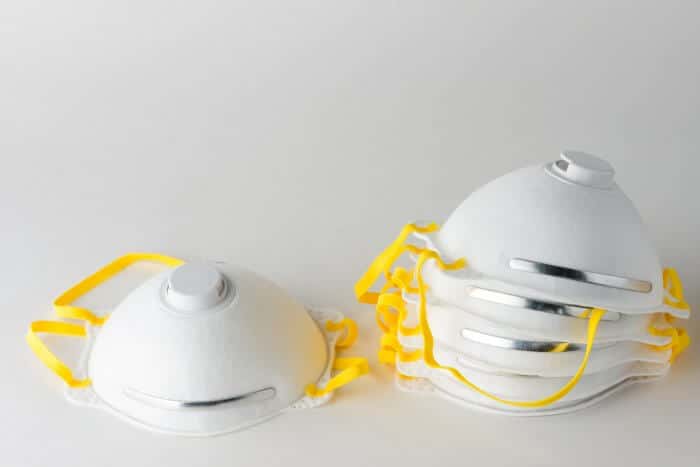
F: What is an anti-particulate mask?
A: Anti-particulate masks are a type of respiratory protective equipment; the main object of protection is particulates, including dust, fog, smoke and microorganisms.
The particles that can enter the depths of human lungs are microscopic, and the particle size is usually below 7 microns, which is an excellent hazard to health. It is the culprit of various pneumoconiosis and the main protection object of anti-particulate masks.
Anti-particulate masks usually refer to covering the mouth, nose and chin of a person, relying on the three-dimensional structure design to form a space sealed with the face, and relying on people to inhale the polluted air through filtering for breathing. The mask body is usually made of anti-particulate filter material and is fixed by a headband or earband.
F: Classification of anti-particulate masks?
A: In Chinese standards, anti-particulate masks are classified as K.N., and K.P. K.N. type masks can only filter non-oily particles, such as dust, acid mist, paint mist, microorganisms, etc. Most of the suspended particles in air pollution are non-oily. K.P. masks can filter both non-oily particles and oily particles. Oily particles such as oil fume, oil mist, etc. According to different filtration efficiency, there are differences of 90, 95, 100, which means that the minimum filtration efficiency is 90%, 95%, 99.97% under the test conditions specified in the standard. KN90 masks that are often seen on the market are masks with a minimum efficiency of 90% for filtering non-oily particles under the test conditions specified in the standard.
F: The choice of the type of anti-particulate mask?
A: There are various anti-particulate masks, which must be selected according to different operating requirements and working conditions. The first choice should be based on the concentration and toxicity of the dust. According to GB / T 18664 “Selection, Use and Maintenance of Respiratory Protective Equipment”, as half-masks, all anti-particulate masks are suitable for environments where the concentration of harmful substances does not exceed ten times of the occupational exposure limit, otherwise should use a full-face mask or a protection level Higher respirator. If the particulate matter is highly toxic, carcinogenic, and radioactive, should choose the masks which use the filter material with the highest filtration efficiency. If the particulate matter is oily, be sure to select a filter material suitable for fatty particulate matter. If the particulate matter is needle-shaped fibres, such as slag wool, asbestos, glass fibre, etc., since the dust mask cannot be washed, the mask with microfibers on it will easily cause facial irritation at the face seal, and it is not suitable for use.
F: The suitability of anti-particulate masks?
A: Whether an anti-particulate mask plays a protective role, in addition to choosing a protective function, another essential selection factor is suitability. No one-size-fits-all design fits everyone’s face. At present, the certification testing of anti-particulate masks does not guarantee that the mask is suitable for each specific user. If there is a leak, pollutants in the air will enter the breathing zone from the hole, so an unsuitable mask cannot provide adequate protection.
The method of selecting a suitable mask is to use a suitability test. It uses individual taste and uses special tools to produce bitter or sweet particles. If you can still feel the feeling after wearing the mask, it means that there is a leak in the mask. Otherwise, it indicates that suitability is suitable. For details, please refer to the introduction of the suitability test in the Chinese national standard GB / T 18664.
F: Testing and certification of anti-particulate masks?
A: Whether it is a KN90 mask that meets the Chinese standard, a KP100 mask, or an N95 mask that fits the U.S. standard, the anti-particulate mask test is performed under certain conditions. As for the core index for evaluating the performance of this type of product, filtration efficiency is accomplished with a sodium chloride aerosol of about 0.3 microns as the test medium. Scientific experiments have proven that particles around 0.3 microns are the most difficult to filter. Particles larger or smaller than 0.3 microns in the air are more comfortable to filter than particles that are 0.3 microns. The lowest filtration efficiency obtained by testing with 0.3-micron particles is the safest estimate to evaluate the protection that the mask can bring in actual application.
F: What is an N95 mask?
A: N95 is the lowest grade of the NIOSH (National Institute of Occupational Safety and Health) filter efficiency rating for U.S. occupational anti-particulate respirators. It refers to non-oily particulates (such as dust, paint mist, acid mist, Microorganisms, etc.) The filtration efficiency is at least 95%.
F: Can ordinary gauze masks effectively protect against particulates in the air?
A: Using gauze masks as anti-particulate masks are the most significant misunderstanding of using anti-particulate masks.
Gauze masks are not protective masks. As early as 2000, the government explicitly banned gauze masks for dust protection in the workplace. The two most important technical indicators of protective covers are the filtration efficiency and the ability of the cover to isolate polluted air. Gauze masks have not only low filtration efficiency but also have apparent leaks. The suitability test method of respirator masks is used to detect. I can feel this right away. Some people think that a little protection is better than no protection, but if that is not effective enough, it should not be used.
F: Will the anti-particulate mask be ineffective for a long time?
A: With the increase of the use time of the anti-particulate mask, the filtered particles will gradually block the filter material, the filtration efficiency will generally increase, and the breathing resistance will also increase.
For a long time using will mainly cause health problems or the deadly threat caused by repeated use of contaminated masks. It is recommended to replace it daily. The protective mask cannot be cleaned or disinfected. Otherwise, the filtering efficiency will be reduced. If you have been exposed to an infectious environment, or if you find any parts damaged, such as missing nose clips, broken headbands, or torn masks, you should replace them immediately.
F: What is the use of activated carbon masks?
A: Adding a thin layer of activated carbon or other gas-adsorbing materials to the particulate protective mask can reduce some low-concentration odorous gases, that is, reduce odour. Such as the stench from spoiled substances (mainly organic substances). When the odour gas concentration is so high as to be harmful to health, a gas mask is needed.
F: Are activated carbon masks better than non-activated carbon masks in protecting particulate matter?
A: No, activated carbon only increases the reduction of specific odours. There is no difference in the protection of particulate matter with or without coal, and activated carbon masks that can reduce odours do not increase the protection against particulate matter.
F: How to use an anti-particulate mask?
A: Although the structure of the anti-particulate mask is simple, it is not easy to use. Choosing a suitable and suitable mask is only the first step of protection. If the security is to be effective, it must be used correctly. This includes not only wearing according to the instruction manual, ensuring that the position is correct each time, but also wearing it during dust collection In time, find the signs of failure of the mask in time and replace it in time. If you feel uncomfortable during use, such as the headband is too tight or the resistance is too high, you are not allowed to change the length of the headband or loosen the nose clip. You should consider choosing a more comfortable mask or another type of respirator.
F: How to judge the life of the anti-particulate mask?
A: The concentration of particulate matter in different environments is different, the nature of the particulate matter is different, the use time of each person is different, the amount of dust holding of various anti-particulate masks, and the use and storage methods are different, which will affect the life of the mask, so there is no way to specify the specific Change time uniformly. When any part of the anti-particulate mask is damaged, and the respiratory resistance is increased, the entire mask should be discarded.
F: Can anti-particulate masks be cleaned?
A: Whether it is anti-virus or dust-proof, any filter element should not be washed. Otherwise, it will damage the filter element. Anti-particulate masks cannot be cleaned.
F: How to judge the quality of anti-particulate masks?
A: Good anti-particulate masks are not only suitable for users, but also have a certain degree of comfort and durability. This is reflected in the slow increase in breathing resistance (large dust holding capacity), the light mask, the headband is not comfortable with losing, the mask is not easy to pinch, the nose The clip or headband is firmly fixed and has no irritation to the skin.

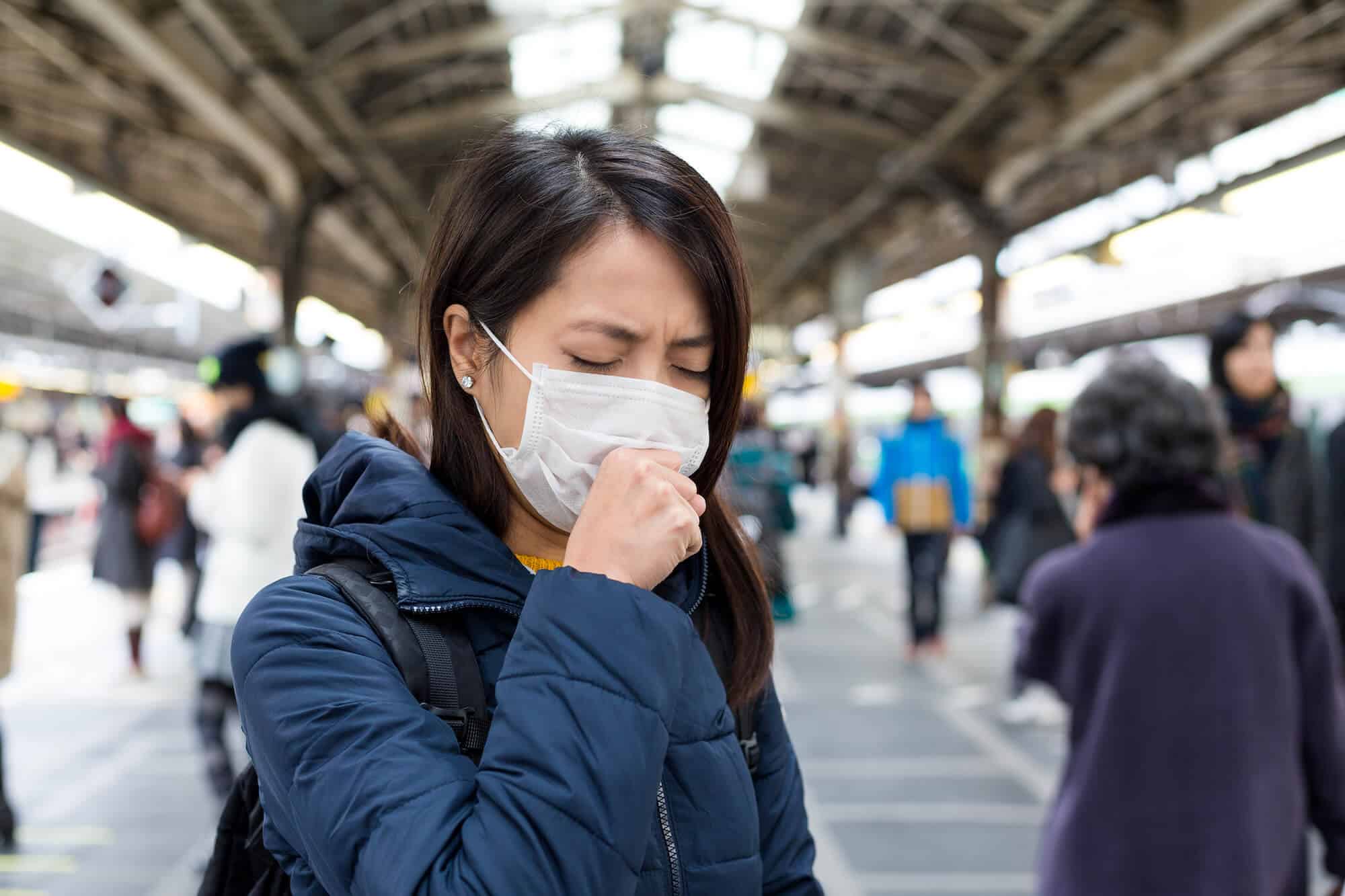




0 Comments